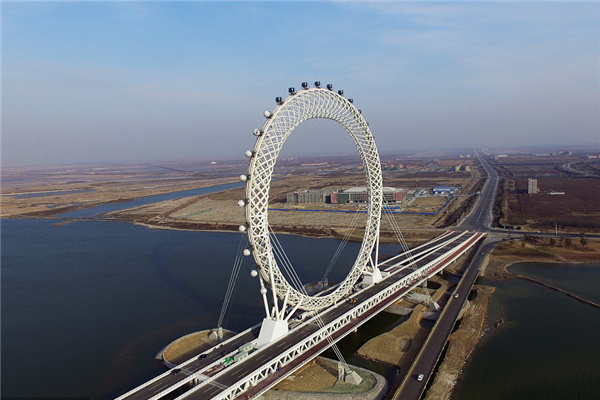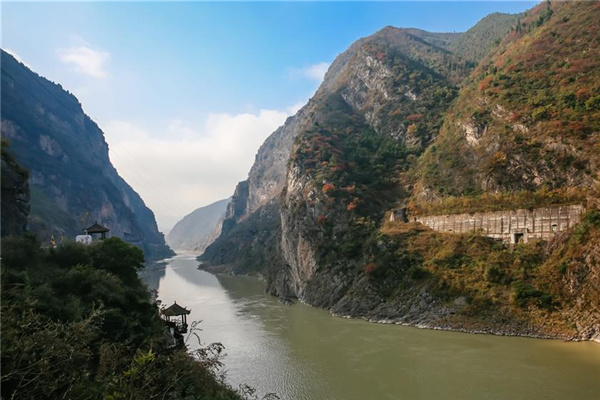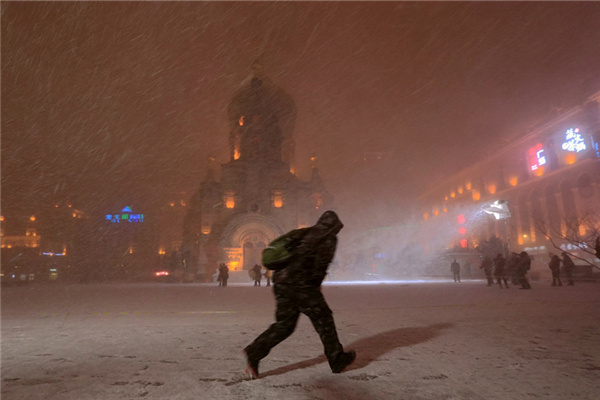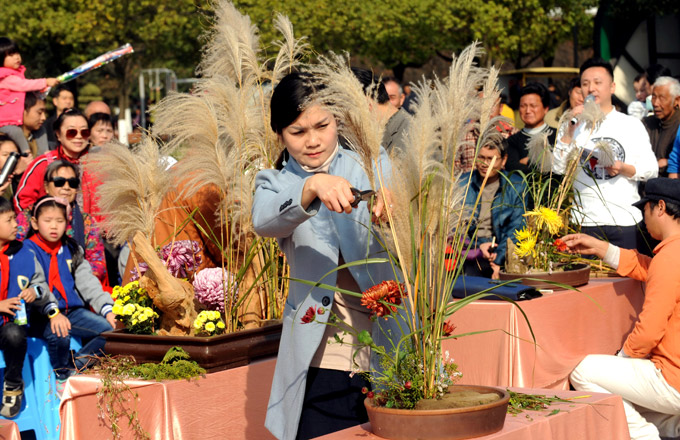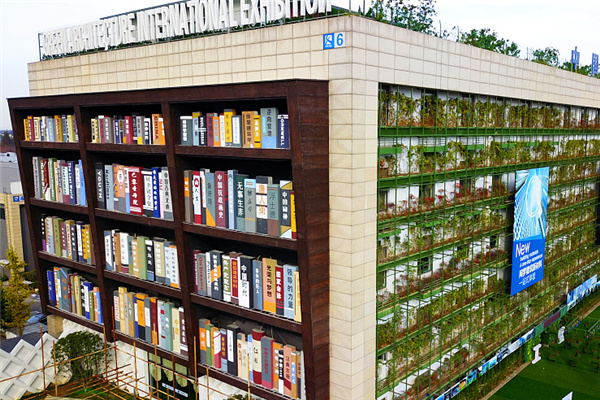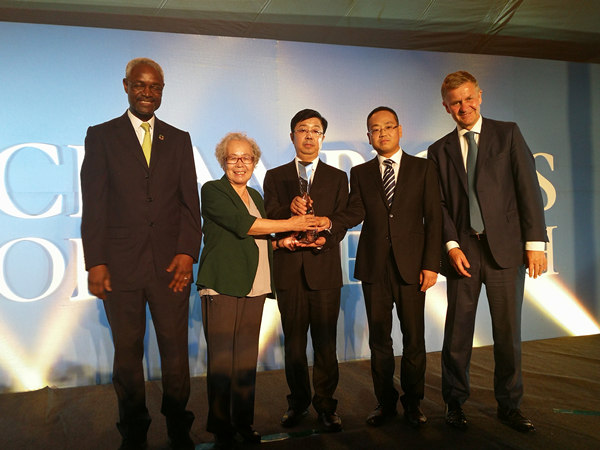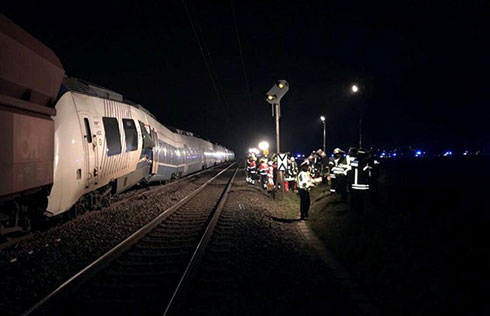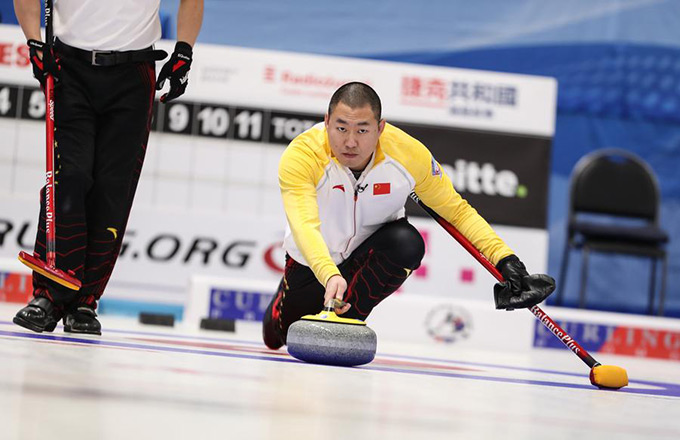

|
A worker weeds in a paddyfi eld in Sakura City, Chiba prefecture, east of Tokyo. BLOOMBERG NEWS |
This spring, with some nations close to panic over global rice supplies, Japan confronted a different problem - huge swathes of paddy fields lying fallow due to a 37-year-old price support policy that limits planting.
Now, with the world more anxious about its future food sources than any time since the 1960s, some analysts and politicians say it's time for change.
Banish the curbs on planting and farmers could grow more rice for biofuel and animal feed, or even boost exports to neighboring China.
Or they could just grow other crops, boosting the country's reliance on domestically-grown foodstuff from the current 40 percent.
"What is important is that we make 100 percent use of the resources we have," says Shinichi Ohsawa, a senior consultant at the Japanese Research Institute Ltd.
The price support policy dates to 1971 and limits rice planting to about 60 percent of Japan's paddy fields.
These produce enough to satisfy Japan's appetite for the grain, now around 61 kg per person each year - or half the 1962 peak of 118 kg as consumption shrinks in the face of a growing taste for Western foods.
The remaining paddy fields either grow other crops or lie fallow, an expensive anomaly in a nation that is the world's top net importer of farm products.
But politicians reluctant to upset their rural constituencies warn that prices, so isolated that they sat out a recent buffeting in global markets, could collapse if rice production is unleashed.
"If we scrap the rice policy and rice is grown with no restriction at all, about 12 million tons of rice would be produced when only about 8 million tons is consumed," says lawmaker Yoshio Yatsu, of the ruling Liberal Democratic Party. "Prices would crash."
Japan's large rice crop in 2007 caused wholesale prices to fall 10 percent, and the glut forced the government to buy 340,000 tons of rice to support prices.
Critics to say it is clear Japan's current system cannot support prices because planting controls no longer work. The premium rice grade now sells for about 300 yen per kg or more, about 4 times the cost of the Thai benchmark grade. In addition, Japan imports 770,000 tons of rice a year as part of its international trade obligations.
Yatsu, a former agriculture minister, says idle paddies should grow more rice for animal feed instead.
In July, the farm ministry said Japan planted 80 percent more rice for animal feed this year, spurred by a sharp rise in imported grain costs over the past two years that has squeezed dairy farmers' profit margins.
The price support policy has done little to encourage farmers to plant alternative crops, says Takashi Shinohara, an opposition Democratic Party lawmaker formerly with the farm ministry.
"We should have put more emphasis on the production of other crops, but unfortunately the farm ministry only targeted the reduction of rice," Shinohara says.
Other analysts are pushing for rice to be planted for use as ethanol, a biofuel that is an additive in motor gasoline.
The government is seeing mixed results from efforts to get farmers to grow alternative crops, such as wheat and soybeans.
Some large-scale farmers have been successful in growing other crops, but small farmers have found it harder to switch, Kazuhito Yamashita, a fellow at the Research Institute of Economy, Trade and Industry, says.
"The equipment needed to harvest soybeans is different from that needed for rice, and small-scale farmers do not have the funds to buy two separate machines," he says.
Full-time farmers make up just a little over a fifth of Japan's farming population, most of whom are small growers.
Yamashita believes the system has outlived its role and should be scrapped, as idle rice paddies number close to half the paddies not growing table rice.
The policy has also protected rice at the expense of wheat, Japan's second most important grain.
The country now grows roughly 1 million tons of wheat and barley, or only about a quarter of 1960's production, Yamashita says, and has to import about five times as much of the grain to satisfy domestic demand.
It imported about 4.8 million tons of wheat and 180,000 tons of barley in the year that ended in March 2008.
Both detractors and proponents of the price support policy agree on one thing: with an ageing and dwindling population, Japan's rice consumption is unlikely to rebound, particularly as people's taste for a Western diet grows.
"This is not an issue that only involves Japan," the top government spokesman said in June, when he called for a policy review as part of a farming policy study due to finish in autumn.
"It is something that should be studied within the broader perspective of the global food shortage," Chief Cabinet Secretary Nobutaka Machimura told reporters at the time.
Analysts are pessimistic about the prospects for change.
"I don't think the political momentum is there ... although there are those that fully understand the situation but cannot publicly say so for fear of failing to get re-elected," Yamashita says.
That could change in the autumn, when rice is harvested, because it seems likely production will outstrip demand again this year, after a mid-year study by the Agriculture Ministry showed the rice planting curbs had fallen short of their target.
Agencies
(China Daily 08/25/2008 page11)


